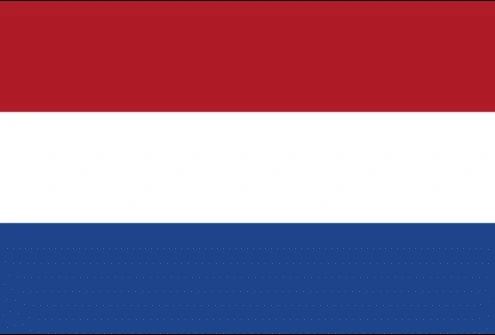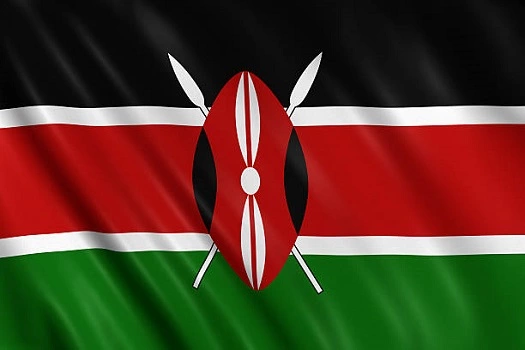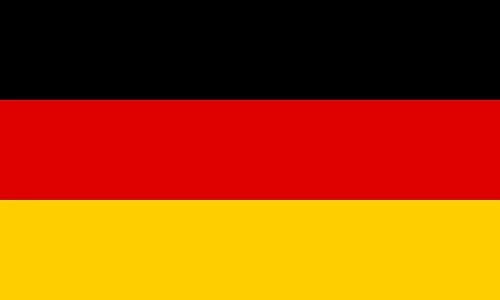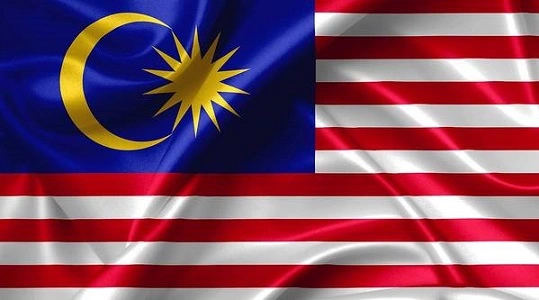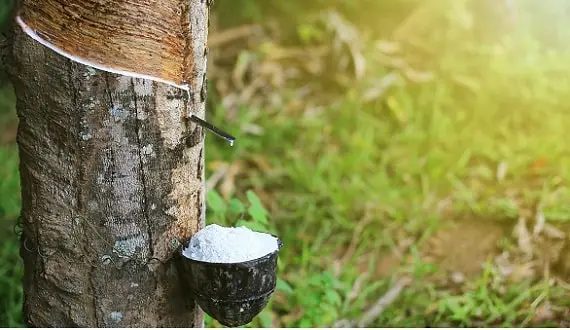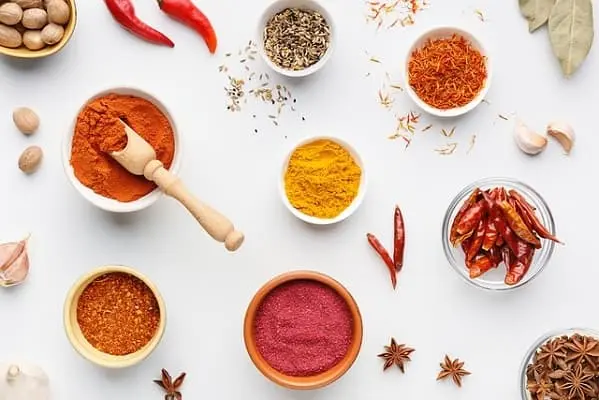As the world’s top flower producing nations, as well as the world’s top flower exporters and importers, are projected to observe a more bright future in the flowers production and trade market, the global flower industry is expected to continue to flourish. Flowers are frequently thought of as a sentimental product since they are seen as representing love, tranquilly, or compliments. The worldwide market for cut flowers is predicted to grow to $53.9 billion by 2032, increasing at a rate of 4.2% each year from 2022 to 2032.
The most significant increase in demand for flower is typically seen during holidays such as Christmas, New Year’s Eve, Valentine’s Day, or Mother’s Day. As a result, global sales and production of flowers are increasing to a vast scale to meet this need. As a direct consequence of this trend, the worldwide flower industry is continuously expanding, which in turn has a multiplicative effect on production, commerce, and consumer demand.
Top Countries for Flower Production in World
Here is the list of leading flower production countries:
1. Netherlands
The Netherlands is indeed the country that contributes the most to the global flower industry, accounting for around 68 percent of the total yearly flower production. The enormous amount of flower production that takes place in the Netherlands is the primary factor behind the country’s unparalleled fame and beauty. The magnificent flowers of the Netherlands are the primary contributor to the country’s stunningly beautiful landscape.
For a number of years, the Netherlands has served as the centre of activity for the international trade of flowers. The country is a major player in both the export and import markets for floral products around the world. The Growers in the Netherlands breed and nurture between 1,200 and 1,500 different kinds of flowers and plants. The FloraHolland flower auction, which is the largest of its kind in the world, is held in the Netherlands. This Dutch corporation controls around 90 percent of the market for cut flowers in the Netherlands, and its yearly revenue amounts to approximately $4 billion. The breadth of the squares of flower exchange is comparable to that of one hundred football fields.
Also see: How To Start A Flower Business In India
2. Columbia
It is believed that Colombia is responsible for 15% of the world’s supply of cut flowers, which places it as the world’s second-largest producer of cut flowers, only behind Netherlands. Colombia is well-known for its beautiful blooms. In addition to this, Colombia is responsible for the production of enormous numbers of chrysanthemums, carnations, and lilies. It is also responsible for roughly a quarter of the world’s supply of roses.
Because of the enormous magnitude of the business, flowers, plants, or live trees are Colombia’s fourth-largest export product in terms of value.
3. Ecuador
It should come as no surprise that Ecuador has been successful in the floral sector given that this country produces the world’s largest and most vibrant roses. Flower enthusiasts in every region of the world have a soft spot for Ecuadorian flora, which explains why the country is responsible for such a significant share of the global flower trade.
This country in South America is home to roses that, as a result of the region’s favorable climate circumstances, blossom with enormous petals and remain fresh for significantly longer than other types of flowers. The climate in Ecuador is quite varied, which results in the roses being able to blossom beautifully and in a wide variety of hues. It is estimated that flowers lose approximately 15 % of their quality every day as a result of their growing. Because of this, an excellent choice would be flowers that last for a long time.
4. Kenya
This nation in East Africa is home to a diverse range of climates, including beautiful savannas, vibrant forests, and many other types. Because of the variety of conditions that exist around the country, it is able to cultivate an abundance of colourful flowers. The exceptional roses, carnations, or Alstromeria that are grown in Kenya are directly responsible for the continuous expansion of the country’s flower sector.
5. Ethiopia
Ethiopia only recently established its reputation as a leader in the flower sector, having had its initial surge of popularity in the 1990s. This landlocked African nation has made significant strides in the flower industry’s development in recent years. This is probably owing to the fact that the country has a tropical climate, which creates a variety of elevations that are ideal for the development of flowers.
6. Belgium
It should come as no surprise, given that Belgium shares a border with the Netherlands, that Belgium is also quite a significant player in the flowers export market. The value of Belgium’s cut flower export accounts for 3% of the world’s total value of all cut flowers exported.
Lowers & plants of Belgium are in high demand on markets all around the world, particularly the market for ornamental plants. Tuberous begonia is an extremely popular commodity that Belgium exports to other countries. A staggering quantity, more than 30 million are shipped out of the country each year.
Nearly half of all the tuberous begonias that are grown commercially around the world come from Belgium, and more specifically, from farmers who are based in or around Flanders. It is really fruitful indeed. The vast majority of them are shipped off to various countries in Europe, Japan, and North America.
7. Germany
In addition to having the highest degree of economic development in the EU, Germany is one of the biggest markets in Europe for the sale of fresh cut flowers. The annual expenditure on flowers by a typical resident of Germany is close to fifty euros. The export of cut flowers from Germany currently generates approximately $91 million in annual income, and this figure is expected to continue increasing. Countries in Europe make up the majority of the destinations for exports.
One of the exclusive rose called “Freiland Rosa” is most popular German rose produced by this country.
8. Italy
Italy’s exceptional natural beauty and one-of-a-kind environment have helped it become the most flourishing countries in the world. Even the term “flora” has its roots in Roman mythology; in fact, the deity of flowers in Roman mythology was referred to by this name.
Therefore, it is only natural that art of floristry should have originated in this country, and it is generally acknowledged that Italians are the leaders in this art at the present time. Because of this, it should come as no surprise that Italy is ranked highest on the European floral market place & also as the largest country-producer, given that flowers are inextricably linked to aesthetic appeal.
9. Malaysia
In a number of nations that are still considered to be developing or underdeveloped, the flower sector is one of the industries that is experiencing the highest development rate. In comparison to the development of other types of agricultural businesses, the industry of cut flowers in Malaysia is indeed a relatively new venture. The cut flower sector in Malaysia has expanded from its very humble beginnings as a leisure industry into a very successful commercial venture, with the most pronounced expansion occurring in the mid-Eighties. The most notable growth occurred during this time period.
One of the leading countries in the world in terms of the exportation of cut flowers is Malaysia. The two primary categories of floral goods dominate the market’s concentration of attention. In the cooler peaks of the county, flowers like roses, chrysanthemums, & carnations are cultivated, while in the hotter, more humid lowlands, exotic flowers like orchids flourish.
10. Israel
More than a 100 different kinds of flowers are grown in this country specifically for the purpose of exporting them. Due to this, about 1/3rd of Israel’s total agricultural export is dependent on the cultivation of flowering plants. According to the findings of a survey, the most common type of flower that is cultivated nowadays is the wax flower.
Final thoughts
It is anticipated that the world production of flowers will continue to increase, particularly in newly producing nations in Asia, Africa, and Latin America; additionally, it is anticipated that the efficiency in these nations will increase even higher. Countries that have a long history of flower production, such as the United States, Japan, and the Netherlands, continue to dominate global output in terms of value. However, the production of cut flowers, which requires a significant amount of labour, will likely move to regions that have lower labour costs in addition to lower overall production costs. As a direct consequence of this, it is anticipated that flower output in Columbia, Ecuador, & Kenya would experience significant expansion in the not too distant future.
Flower Production FAQs
Q. What is flower production?
Ans: Flower production is the cultivation and harvesting of flowers for various purposes, including ornamental, decorative, and commercial use.
Q. What are the main types of flowers grown for production?
Ans: Flowers grown for production include cut flowers, potted plants, bedding plants, and specialty flowers such as roses, lilies, and tulips.
Q. How do I start a flower production business?
Ans: To start a flower production business, you’ll need to plan your operations, choose suitable flower varieties, secure a location, invest in equipment and infrastructure, and develop a marketing and distribution strategy.
Q. What are the essential factors for successful flower production?
Ans: Key factors for successful flower production include proper soil preparation, adequate irrigation, pest and disease management, proper fertilization, and appropriate post-harvest handling.
Q. What are the best practices for soil preparation in flower production?
Ans: Soil preparation involves testing and improving soil fertility, adjusting pH levels, and adding organic matter to create optimal conditions for flower growth.
Q. How do I choose the right flowers for my region and climate?
Ans: Select flowers that are well-suited to your local climate, taking into account factors like temperature, rainfall, and frost. Consult with local agricultural extension services for guidance.
Q. What is the best time to plant flowers for production?
Ans: The best time to plant flowers varies depending on the specific flower and your local climate. Generally, many flowers are planted in the spring, while others may be suitable for planting in the fall.
Q. How do I care for flowers during the growing season?
Ans: Flower care during the growing season involves proper watering, regular monitoring for pests and diseases, and providing necessary nutrients through fertilization.
Q. How can I protect my flowers from pests and diseases?
Ans: Integrated pest management (IPM) techniques, such as using beneficial insects, organic pesticides, and regular inspections, can help protect your flowers from pests and diseases.
Q. What are the challenges in flower production?
Ans: Challenges in flower production can include weather-related issues, pests and diseases, market fluctuations, and labor-intensive work.
Q. How do I harvest and store cut flowers properly?
Ans: Cut flowers should be harvested at the right stage of maturity and stored in a cool, humid environment with clean water. Removing leaves below the waterline can extend vase life.
Q. What are the options for marketing and selling flowers?
Ans: You can sell flowers through local markets, florists, online platforms, or by setting up your own retail shop. Participating in farmers’ markets or offering subscription flower services are also popular options.
Q. Is flower production profitable?
Ans: The profitability of flower production depends on various factors, including market demand, production costs, and the quality of your flowers. Proper planning and efficient management can enhance profitability.
Q. Are there any sustainable practices in flower production?
Ans: Sustainable practices, such as using organic fertilizers, reducing pesticide use, conserving water, and implementing eco-friendly packaging, can be employed in flower production.
Q. What resources are available for learning more about flower production?
Ans: Resources include agricultural extension services, horticultural courses, books, and online forums where experienced growers share knowledge and tips.

